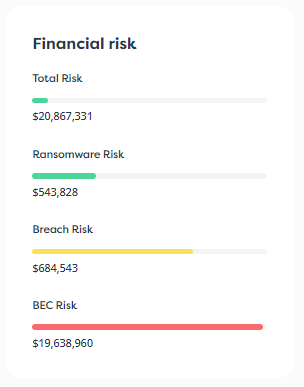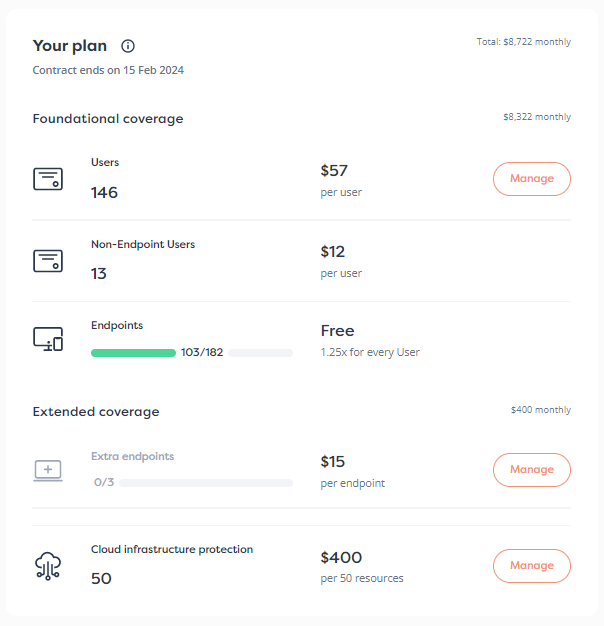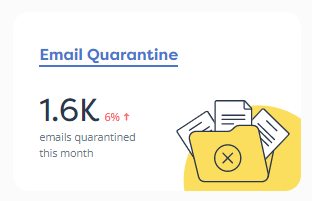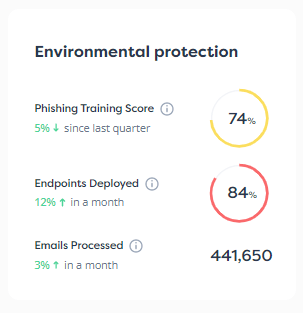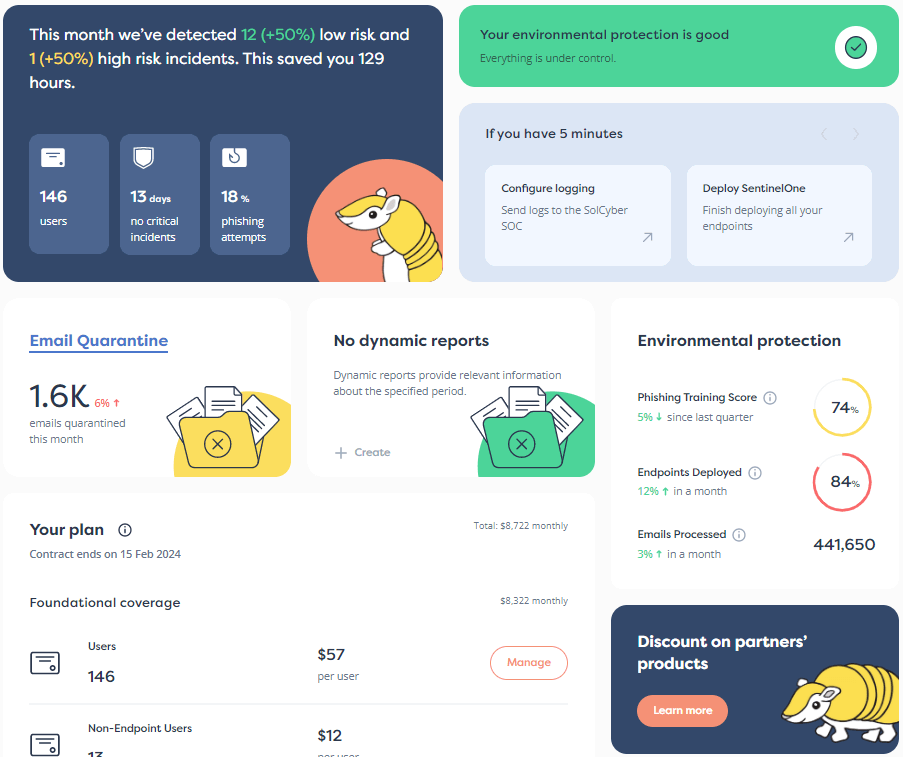In today’s economic climate, most managers are faced with the challenge of doing more with their existing tools or holding back on acquiring new ones due to tight budgets following the pandemic. Additionally, the current soaring inflation rate, which we haven’t seen since the early 1980s, has made companies hold on to their cash and tighten their purse strings. The recent SVB collapse and Credit Suisse’s plummeting share price have further fueled fears of a recession.
Under such circumstances, managers may feel the pressure to add more technology or vendors to alleviate stress on their teams. However, this may result in more burdens, despite the manager’s best intentions.
We have put together a list of Do’s and Don’ts to help manage an IT department that is strained due to budget, recession fears, or limited resources.
Don’t: Overload your team with tools
While the notion that a tool can resolve all IT problems is attractive, it is essential to avoid using too many tools, as this may increase the strain on the IT team, particularly if they are not proficient with the tools. This is especially relevant in the case of cybersecurity, where an excessive number of tools can lead to the creation of highly intricate systems that overwhelm untrained IT teams.
Moreover, even during regular periods, using too many cybersecurity tools that do not integrate well together can weaken an organization’s security posture. A study by IBM on cyber resilience revealed that organizations employing more than the average number of tools felt 8% less confident in their ability to detect an attack than those who used just the right number of tools.
Experts concur that using the appropriate number of tools that perform the job effectively is more valuable than an overload of cybersecurity tools. Even if the team is familiar with well-tested tools, the use of too many tools will increase their duties and responsibilities as they will have to learn the tool, manage it, and resolve any potential conflicts with other tools.
Do: Look for ways to amplify and create efficiencies
To improve IT efficiency, it is important to explore ways to amplify and create efficiencies, consider:
- Automating repetitive tasks
- Outsourcing certain functions
- Centralizing resources where possible
- Integrating various systems and processes
To achieve automation, identify repetitive processes that can be streamlined using technology. Outsourcing can free up resources and allow IT teams to focus on critical functions, while centralization can reduce duplication and improve resource utilization. Integration can help ensure that data is shared effectively between different systems and processes, reducing the need for manual intervention and improving efficiency.
This does not mean that you should disregard the use of new tools. In fact, implementing a new tool in the IT department can enhance efficiency, provided that certain best practices are followed. These include carrying out due diligence on the tool and attempting to use tools with which the IT team is already familiar.
For instance, many Windows IT professionals still use Total Commander, a tool that may not meet current user-interface standards but has been in use for almost four decades. Implementing an old favorite like Total Commander is often more effective than introducing a “better” version that the IT team is unfamiliar with and may dislike, leading to dissatisfaction and inefficiencies.
Don’t: Assume your employees will stick around
Despite the tech layoff crisis, demand for IT personnel remains high, especially for highly skilled jobs and cybersecurity roles. Bloomberg senior tech analyst recently mentioned a “dire shortage of skilled tech workers,” and CNBC reports that the cybersecurity market alone has over 700,000 open positions waiting to be filled.
In a market still reeling from the culling of 100,000 jobs, employees are looking for greater job security. A survey of 35,000 workers conducted during the early days of the mass layoffs revealed that a fifth of workers considered a better-paying job to combat rising costs. Even more telling are the following two statistics:
- A third of respondents preferred unemployment over being unhappy at a job.
- 42% said they would quit if their employer didn’t consider their requests for better working conditions.
The message is abundantly clear: employees are under strain and unwilling to take on more. If working conditions worsen, almost half of them are willing to vote with their feet and start marching.
Never assume that employees won’t leave.
Do: Find ways to keep your team satisfied
It is necessary to identify what your IT team needs and then provide it. The above survey also reported that workers intended to hold on to their right to work flexibly and remotely in their new job search, despite the overarching job fears.
The main drivers of The Great Resignation following the pandemic, when unprecedented numbers of people quit their jobs, have been mainly conjecture. However, a new study published by MIT Sloan Management Review reveals that primarily “Toxic Company Culture” drove the desire of people to leave.
The pandemic caused many people to reevaluate what is valuable to them. Money became a secondary consideration, and that change in mindset needs to be a consideration for managers looking to keep retention rates high. An article by McKinsey on the matter stated that employees now “want a renewed and revised sense of purpose in their work. They want social and interpersonal connections with their colleagues and managers. They want to feel a sense of shared identity.”
The article indicated that pay and benefits were secondary to the sense of feeling valued. In blunt terms, that means if companies don’t take the time to understand the needs of their employees and deal with those emphatically and decisively, they put their businesses at risk.
Don’t: Rely on your team for every task and responsibility
The high demand for tech talent means you shouldn’t dilute IT personnel’s skills by using them for anything and everything in the organization. As revealed in the callous letter from mega-billionaire Christopher Hohn to Alphabet (Google’s parent company), headcount is often the first thing to be cut when a company needs to make ends meet. Yet, the more diluted a person’s skills are, the less valuable they feel in the company and the less valuable they are when looking at the RIO of entire teams.
Demand remains high for skilled tech workers, but those skills are wasted if they’re used for commodified tasks that can be done by an outsourced resource that costs half the price. The more commodified work you give to IT employees, the less valuable they might feel. And that trickles down to getting less value from the entire team. This could lead your valuable personnel to look for positions where their specific skills would be more in demand because such a position would give them more security in the current ecosystem.
It’s also important to consider that spreading your team thin on tasks and responsibilities will affect their efficiency. That itself can affect the bottom line of your company as higher-ups increase their scrutiny on high budget teams.
Drive retention by using team members for what they’re good at.
Do: Find sources that can take on other tasks
So, who does the rest of the work and commodified tasks? Several potential solutions exist:
- Robotic Process Automation (RPA) uses software robots to integrate and connect various apps and processes to carry out repetitive tasks.
- AI Tools: These can be used independently or as part of an RPA solution.
- Outsourcing: One area that IT teams struggle with immensely is cybersecurity. This is a field all its own, requiring particular skills. Demanding that IT take over the cybersecurity functions of an organization is asking too much. Outsourcing is an excellent option here.
By outsourcing, you’re creating time and cost efficiencies, a welcomed benefit for all. Audits, certification preparation, compliance tasks, data entry, data analysis, and security assessments are all examples of commodified and specialized tasks that an outsourced team can take care of. You only pay when you need them, and you decrease the load on your IT team. Focus on reducing the mundane tasks that burden your team.
Do: Consider a trusted managed security partner to support your IT team
IT teams are not the same as cybersecurity teams. Executives often make the mistake of believing cybersecurity is “IT’s problem.” This weakens your overall security posture because cybersecurity is a highly specialized field with several subdivisions of skill.
That’s why the cybersecurity talent shortage is so real and why cybersecurity jobs remain in high demand. Hiring a team of cybersecurity professionals and utilizing them for nothing else can eat up your budget quickly. That’s where a modern Managed Security Service Provider (MSSP) such as SolCyber comes in.
We bring together a managed security program as a service, that integrates leading technology vendors that are top of their game, but you only have one partner to deal with—us. The pricing is cost-effective because of the economies of scale; allowing you to immediately increase your cyber resilience without straining your budget!
Even large, dedicated cybersecurity teams struggle to offer the total prevention, detection, and response services required to stay secure in today’s high-threat ecosystem. To ask a strained IT team to do it is both unfair and unworkable.
SolCyber provides a complete security program as a subscription, including access to pre-approved cyber insurance. We can help strained IT teams by letting them do their jobs while we take care of the highly specific nature of cybersecurity.
Reach out to us to learn more about our services, and reduce the strain on your IT team so they can do their job more efficiently.
Follow us on the following social platforms!
LinkedIn: https://www.linkedin.com/company/solcyber-managed-security-services/
Twitter: https://twitter.com/SolCyberMSS
Facebook: https://www.facebook.com/solcybermssp
Instagram: https://www.instagram.com/solcyber_mssp/























